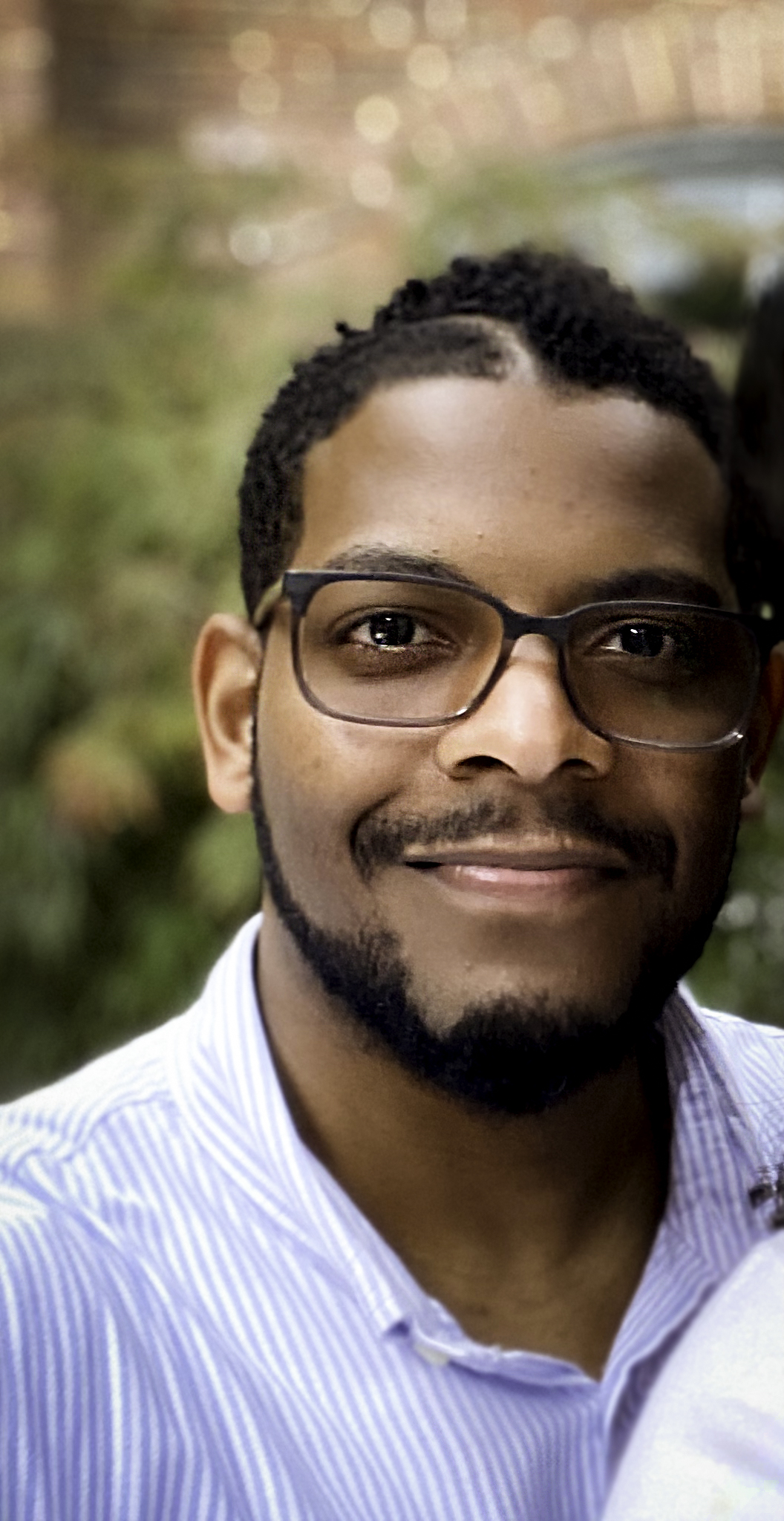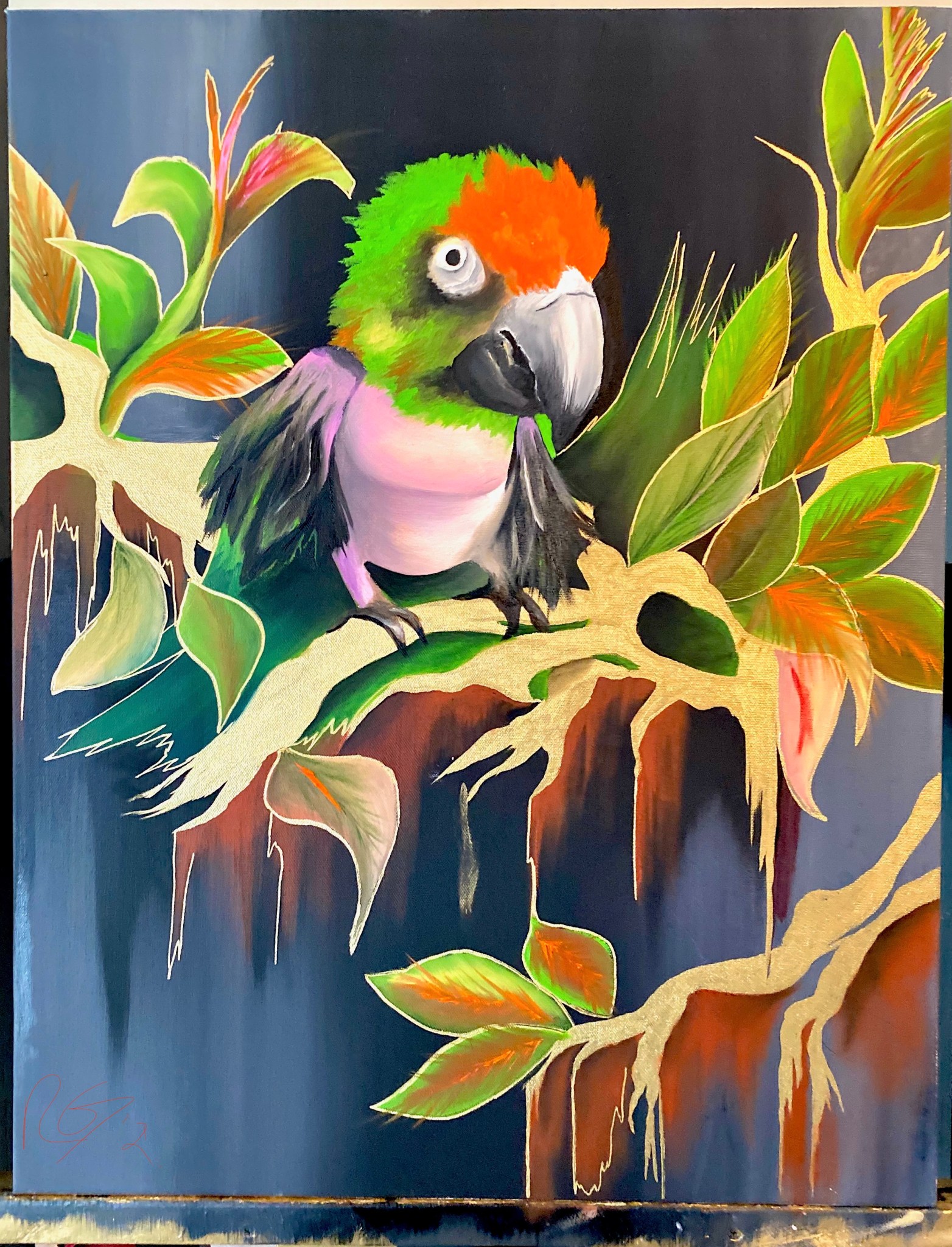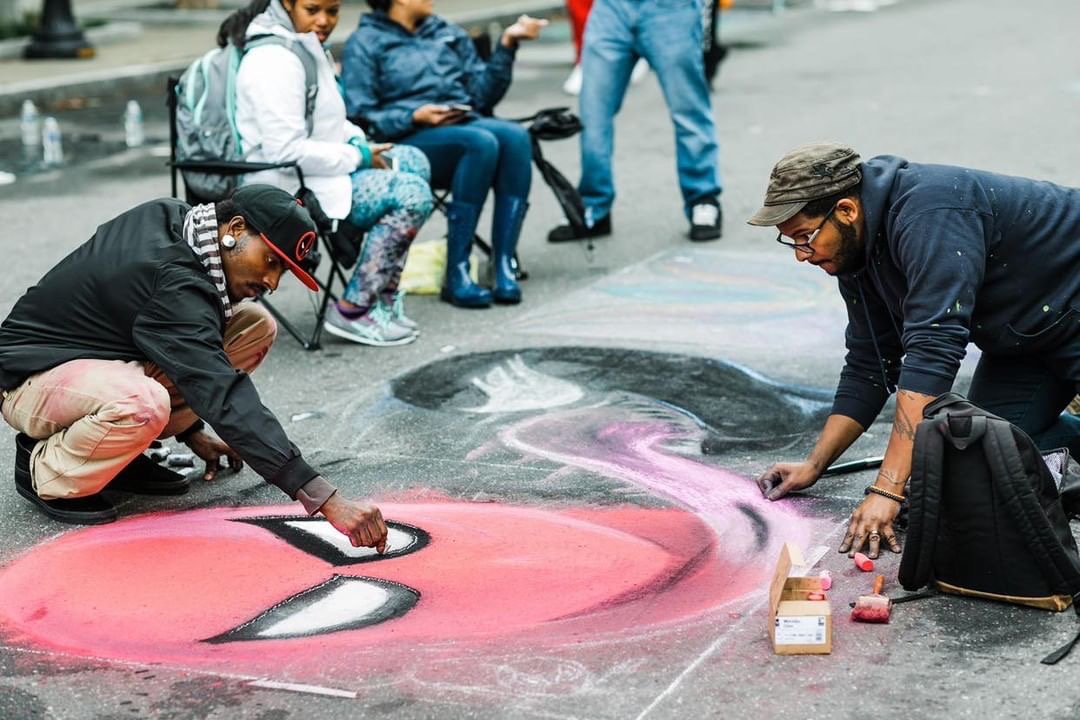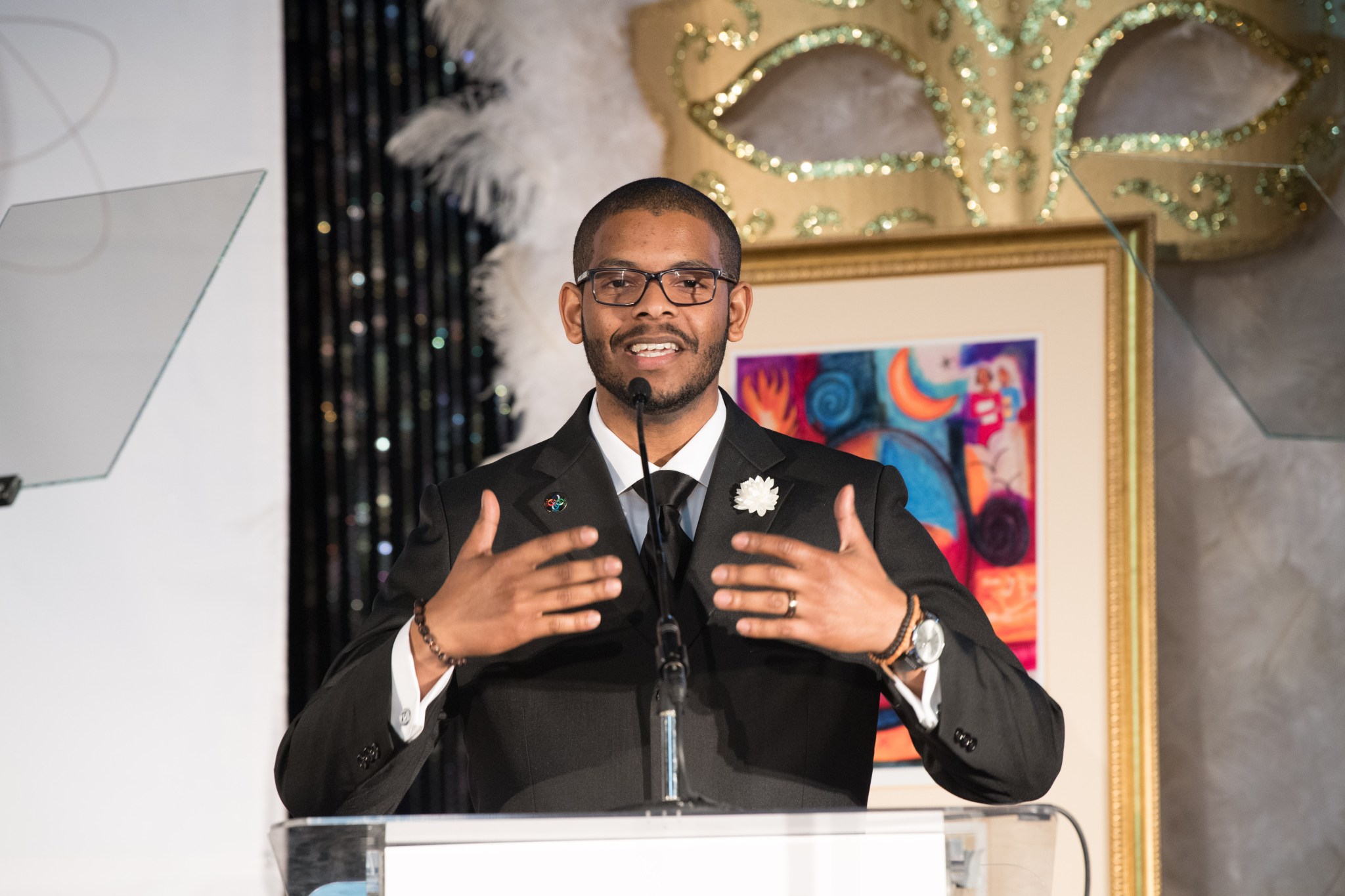
Name: Ronald Gamble
Title: Visiting Assistant Research Scientist & Cosmic Origins Scientist
Organization: Astrophysics Science Division
What do you do and what is most interesting about your role here at Goddard? How do you help support Goddard’s mission? Are there specific missions or projects you’ve been involved with that you’d like to mention?
I joined Goddard August 2021 as a visiting research faculty member at the University of Maryland, College Park. My area of specialty is theoretical physics, especially black hole physics, high-energy theory, and relativity.
Why did you become a research astrophysicist?
I was really interested in how the universe works, the inner workings of some of the phenomena we see. The mystery of all this drew me to theoretical astrophysics.
Also, I’m Afro Latino. I did not see a lot of people who looked like me in the field.
When I was young, I did not like math, but I was good at it. Then I realized that if I am good at math, then I can describe the science better. So I practiced describing what I learned in astronomy and science in mathematical terms.

What makes your NASA journey inspiring?
I have a bachelor’s, master’s, and doctorate from the North Carolina Agricultural and Technical State University in Greensboro.
My doctorate was the first one in astrophysics ever obtained at my alma mater, thanks to my wonderful mentors Dr. Abebe Kebede and Dr. Ken Flurchick, who was also my committee chair. They told me that it would be a very difficult task to complete a doctorate in astrophysics and that my proposed research in gravitational wave physics had never been done before. They both guided me every step of the way. Dr. Kebede remains a mentor, but Dr. Flurchick unfortunately passed before I came to Goddard.
I initially taught and designed classes for seven years at my alma mater. I then completed a National Strategic Research Institute postdoctoral fellowship with the Department of Defense’s Defense Threat Reduction Agency in Northern Virginia. I had applied for a variety of Goddard positions three times prior to my current position as part of the Center for Research and Exploration in Space Sciences and Technology and was accepted only on the fourth attempt. But I kept trying, and eventually I succeeded.
Who are your science and overall heroes?
Both of my mentors are my scientific father figures. I’m lucky to have one still with me.
Dr. Kebede is one of my heroes for all the work he has done in transforming the field of physics education and mentoring students to their full potential. I’ve known, worked with, and traveled with Dr. Kebede since 2007. We both share in the experience in fighting for our successes. I owe a tremendous amount to the late Dr. Flurchick. He was a very hard mentor and teacher. He had the utmost genuine intentions for you. He knew how to push a student and also how to make a student successful. Sometimes he would appear grumpy, which you had to learn to appreciate, but he would also sometimes come in early or stay late just to help you with tutoring or career mentoring.
My wife Candis is the strongest and most resilient person I know. She really helps nurture my dream and pursues her own dreams. We inspire each other. She is my foundation.

What is your advice to aspiring astrophysicists?
I have been mentoring undergraduate and graduate minority students since 2014. Like Dr. Flurchick, I, too, push my students. But every single student I have mentored has not only continued their education but has also received scholarships and job placements.
To all aspiring astrophysicists, I say never give up following your dreams even if you have to fight yourself. I fought myself by being discouraged and by believing some people who told me I could not succeed.
Dreams are like taking care of a plant. Like plants, you must continually nurture your dreams. You have to water and talk to them. Even if you don’t see fruit yet, the dream will grow and produce fruit. When your dream bears fruit, make sure that your dream then plants the seed for someone else’s dream.
What is your role in Goddard’s advisory committee community?
I am on the Diversity and Inclusion Advisory Council for the Astrophysics Division; the NASA Goddard Association of Postdoctoral Scientists Plus, which focuses on NASA postdoctoral fellows and early-career contractor employees in the sciences; the Hispanic Advisory Committee for the center; and the African American Advisory Council for the center.
It is important to make sure that we have meaningful types of inclusivity and representation. I want to help make sure that minorities have a seat at the table.
You shared with us that you are a perfectionist. How hard is it to be both a perfectionist and an astrophysicist?
Astrophysics can be vague and obscure. But once you start looking at other forms of study such as mathematics or general science, you can use those constructs in astrophysics to theorize new discoveries. You look at what nature has to offer on a very detailed level and then match that to a mathematical language and physics. So, you turn the crank on your thoughts to make sure every piece of the puzzle has its own place to see the big picture.
Please tell us how being an artist balances you as a theoretical physicist?
I grew up seeing my artist mother’s paintings around the house. As a child, I practiced recreating her paintings. I sketched throughout my life. In 2006, an art teacher in high school introduced me to oil painting, which I love. I paint everything from abstracts to seascapes to portraits.
To be successful in theoretical physics, you must have an equal amount of mathematical rigor and creativity. What helps me the most as a theoretical physicist is that I am also an artist.

There is a connection between being an astrophysicist and an artist. The creativity I use to design artwork is the same that I use to make an equation for an astrophysics theory. I get cross energy from each.
What are some of your big dreams?
A huge dream of mine, something I think about often, is what would it be like to step foot on another world. Looking at the stars every night and thinking one day we’ll be able to travel far, far away from here and see some amazing things.
What is your “six-word memoir”? A six-word memoir describes something in just six words.
My battle scars are dreams deferred.
By Elizabeth M. Jarrell
NASA’s Goddard Space Flight Center, Greenbelt, Md.

Conversations With Goddard is a collection of question and answer profiles highlighting the breadth and depth of NASA’s Goddard Space Flight Center’s talented and diverse workforce. The Conversations have been published twice a month on average since May 2011. Read past editions on Goddard’s “Our People” webpage.

























